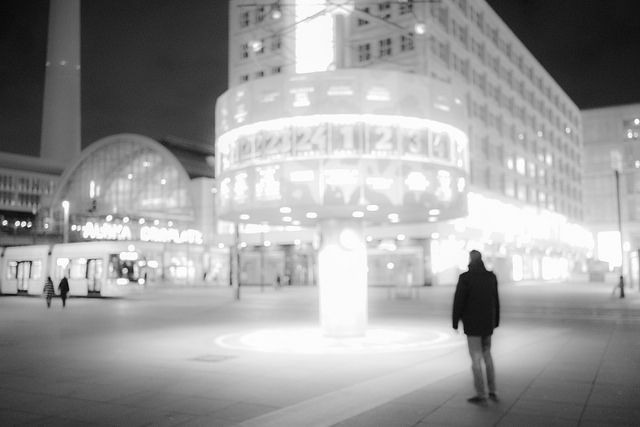Health Risks Of Loneliness Include Cellular Changes: What Eleanor Rigby Didn't Know About The Physiology Of Solitude

We’re frequently told married people are healthier than singletons, and solitude increases our risk of poor health. How, though, does loneliness negatively influence our physiological health? A new University of Chicago study finds social isolation leads to fight-or-flight stress signaling, which can disturb the production of white blood cells in our bodies. (White blood cells or leukocytes are our immune system heroes.)
“It is a monotonic function — the lonelier one is and the longer one is lonely, the greater the negative effects,” Dr. John Cacioppo, psychologist, told Medical Daily in an email.
Lethal, And on the Rise
In a September 2013 Ted Talk, Cacioppo discussed “the lethality of loneliness.” Americans are increasingly living alone, he began, pointing out how in 1940, the number of one person households across the nation amounted to less than 15 percent, by 1970 the proportion had begun to approach 20 percent, and by 2000, more than a quarter of households in most states were solitary.
“The prevalence of loneliness is also on the rise,” he said, noting 40 percent of Americans admitted to feeling lonely in 2013.
As members of a social species, isolation ranks among the greatest of dangers. Among the many consequences of social solitude is a 45 percent increased odds of an early death. Cacioppo reveals why this could be by breaking down the effects of isolation.
“Much of what’s triggered by social isolation is non-conscious,” Cacioppo said, explaining how our brains go into self-preservation mode when alone. So despite your very real motivation and desire to connect with other people, what you actually feel is hypervigilance for social threats.
“If you’re looking for dangers, you’re more likely to see dangers, whether they exist or not,” he noted, and you’re also more likely to have negative interactions.
Ultimately, then, whenever our brains snap into self-preservation mode, we think and behave in unwanted and more importantly unknown ways toward others. Still, the question must be raised: Why are lonely people more vulnerable to disease?
Immune Response
Working with Dr. Steve Cole from UCLA, Dr. John Capitanio from UC-Davis, and other colleagues, Cacioppo tracked a sample of 141 older adults from the Chicago Health, Aging, and Social Relations Study over a period of five years. The researchers' intention was to see whether social isolation caused white blood cells to activate a gene program called the Conserved Transcriptional Response to Adversity (CTRA), which increases inflammation and decreases antiviral gene expression. Analyzing leukocyte transcriptome surveys for each participant, the researchers discovered people who felt isolated did indeed show CTRA.
“These results were specific to perceived social isolation,” said Cacioppo, who added the results could not be explained by stress or symptoms of depression. Interestingly, loneliness and CTRA gene expression had a reciprocal relationship; loneliness not only predicted CTRA a year later, but CTRA also predicted future loneliness.
Next, the research team investigated the cellular processes in socially isolated rhesus macaque monkeys. Like the lonely humans, the isolated monkeys showed higher CTRA activity and also higher levels of the fight-or-flight neurotransmitter, norepinephrine. Looking more closely at these monkey, the research team discovered CTRA gene expression had been increased due to greater output of immature monocytes (large leukocytes). Then, to test the effects of these physiological effects, the researchers exposed the monkeys to SIV (their version of HIV). Here, the team witnessed the virus growing faster in both the brains and blood of the lonely monkeys compared to the social monkeys.
Together, Cacioppo said, these linked studies of humans and monkeys support the idea that “loneliness results in fight-or-flight stress signaling, and that increases the production of immature monocytes, leading to up-regulation of inflammatory genes and impaired anti-viral responses.”
The self-preservation mode of the brain, activated by unwanted solitude, not only influences our behavior but also the production of white blood cells in our bodies. Like hunger or thirst, Cacioppo says, loneliness should be obeyed and manged, since its effects can be dangerous.
Source: Cole SW, Capitanio JP, Chun K, et al. Myeloid differentiation architecture of leukocyte transcriptome dynamics in perceived social isolation. PNAS. 2015.



























